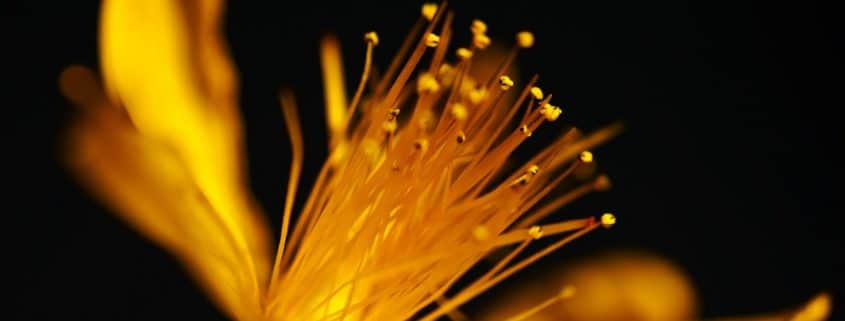In the realm of fertility, we’ve spent much time exploring the powerful potential of acupuncture to enhance reproductive outcomes. Today, we delve deeper, and we’re diving into a fascinating realm where centuries-old wisdom meets modern innovation. New research coming out of China’s Tongji Hospital has taken a fresh and intriguing look at the effects of acupuncture on pregnancy outcomes in women undergoing in vitro fertilisation (IVF).
The study conducted by Xu, Zhu, and Zheng (Arch Gynecol Obstet, 2023) is a thorough and systematic review of 25 previous trials, involving a total of 4,757 participants. The volume of information contained in these trials gives us a clearer picture of the potential benefits of acupuncture in the context of IVF, and the results are incredibly promising.














